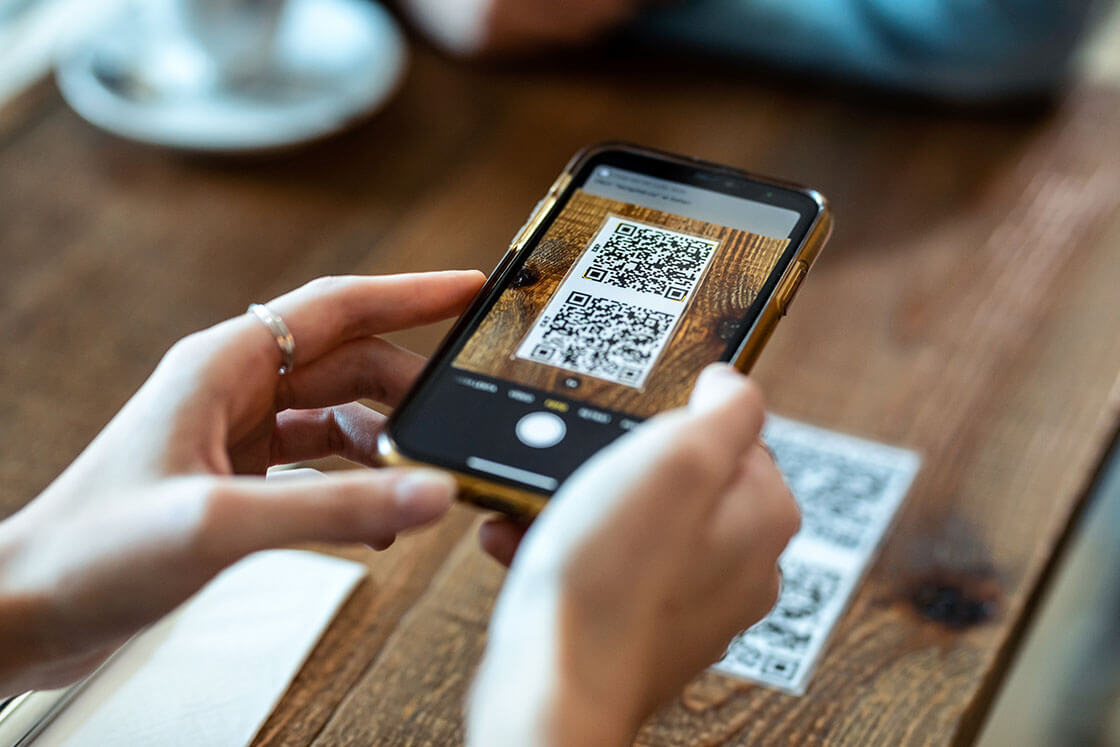QR Codes on Food Handler & Food Manager Certificates

In today's world, convenience is key. We are always looking for ways to make things faster, easier, and more efficient. One technology that has been gaining popularity in recent years is QR codes. These small, square codes have been popping up everywhere, from advertisements to restaurant menus. They have become an essential tool for businesses to provide quick access to information to their customers.
However, QR codes can also be useful in other areas, such as in the food industry.
Responsible Training Provides QR Codes on Food Handler and Food Manager Certificates
In the food industry, QR codes are becoming increasingly popular for use on food handler and food manager certificates. These certificates are required for individuals who work in the food industry to ensure that they are properly trained in safe food handling practices. However, verifying these certificates can be a time-consuming and tedious process.
To address this issue, Responsible Training has incorporated QR codes on their food handler and Texas food manager certifications. These codes allow for quick validation of certificates issued through Responsible Training.
“The Amarillo Area Public Health District has experienced tremendous growth in the food industry within the past few years. With that growth, we have had to lean on technology to gain efficiencies as we all know additional staff is hard to come by. The addition of a QR code to certifications allows staff to easily verify the status and legitimacy without much effort, which is much appreciated.”
- Anthony Spanel, Environmental Health Director, City of Amarillo, Texas

What Are QR Codes
So, what are QR codes? QR codes, short for Quick Response codes, are two-dimensional codes that can be scanned with a smartphone or tablet. They were first introduced in Japan in 1994 and have since become widely used worldwide. QR codes can contain a variety of information, such as website URLs, contact information, and even payment information.
How do QR codes work?
QR codes work by using a combination of black and white squares to create a unique pattern. When a smartphone or tablet scans the code, it decodes the pattern and reads the information stored within it. This information can then be displayed on the device's screen or used to perform a specific action, such as opening a website or making a payment.
How to Use Our Responsible Training QR Codes
The process is simple
- Step 1: Scan the QR code with a smartphone or tablet
- Step 2: It will bring you to a URL that pre-fills the certificate number in the code field

- Step 3: All you need to do is click " Verify Certificate " to validate it
- Step 4: After clicking “Verify Certificate” it will show you the date issued and provide a link for you to download a copy of your certificate for your records.

Benefits of Using QR Codes for Food Handler & Manager Certificates
The benefits of using QR codes for food handler and food manager certificates are numerous.
It Saves Time
Rather than manually verifying each certificate, employers can simply scan the QR code and validate the certificate instantly. This allows you to quickly and efficiently ensure that your employees are properly certified, without the need for lengthy verification processes.
“The use of QR codes to confirm a valid Food Management Safety Program is a beneficial tool for Food Safety Inspection Officers to help confirm faster that the current certification is active.”
- Evelin Pollock, Supervisor, Harris County Public Health
It Provides Added Security
The codes can be encrypted to ensure that only authorized individuals can access the information within them. This helps to prevent fraudulent certificates from being used in the food industry, ensuring that only properly trained individuals are handling food.
They’re Environmentally Friendly
By using QR codes instead of paper certificates, businesses can significantly reduce their paper usage. This is not only good for the environment but also saves money on printing and distribution costs.
In conclusion, QR codes are an innovative and convenient technology that are becoming increasingly popular in the food industry. By incorporating QR codes onto food handler and food manager certificates, Responsible Training has made the verification process faster, more secure, and environmentally friendly. With the benefits of QR codes, it is no wonder that more and more businesses are adopting this technology for their food industry needs.

